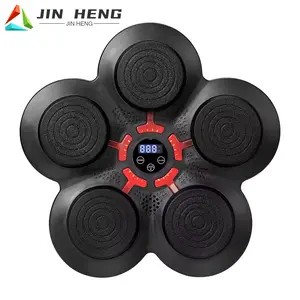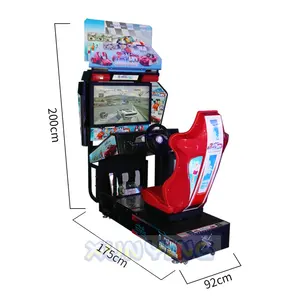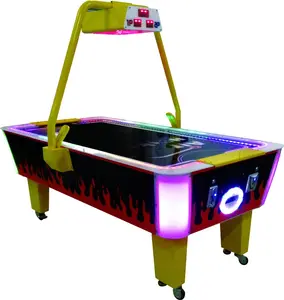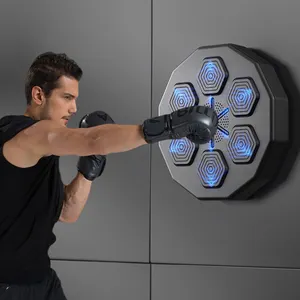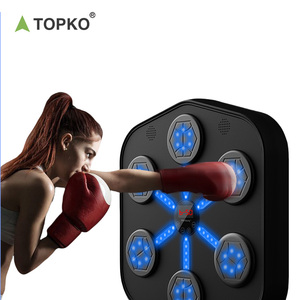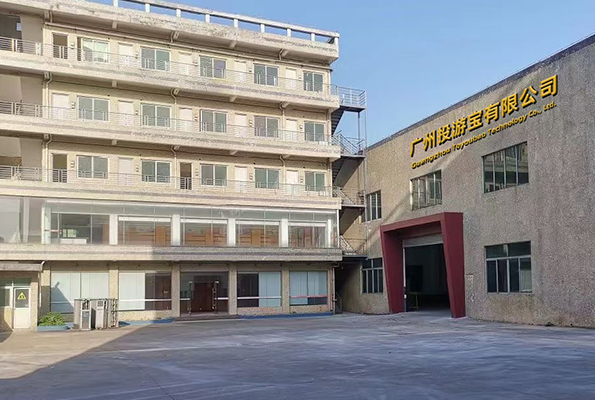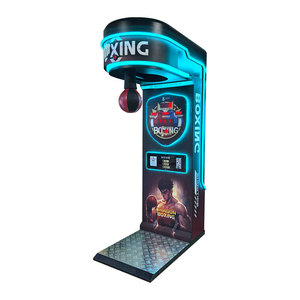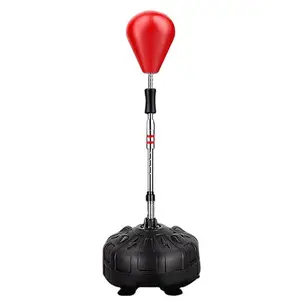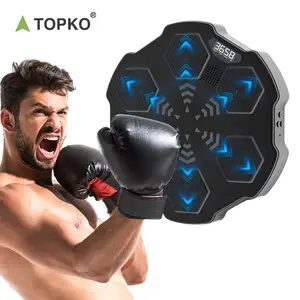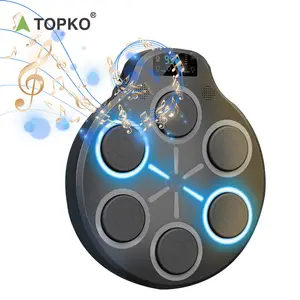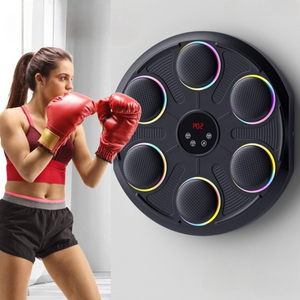Boxing Timer Producer





 1/15
1/15




 1/3
1/3





 1/23
1/23





 1/9
1/9



 1/3
1/3



 0
0



 1/3
1/3





 1/13
1/13


















 1/14
1/14







 1/31
1/31















 1/12
1/12















 1/14
1/14
About boxing timer producer
Where to Find Boxing Timer Producers?
China remains the central hub for boxing timer manufacturing, with key production clusters in Guangdong, Zhejiang, and Jiangsu provinces. These regions host vertically integrated facilities specializing in electronic sports equipment, leveraging localized supply chains for LED displays, microcontrollers, and plastic injection molding. Shenzhen and Guangzhou serve as innovation centers for smart boxing timers with music synchronization and wireless connectivity, while Hangzhou and Nantong focus on commercial-grade gym equipment featuring durable housings and remote control functionality.
The industrial ecosystem enables rapid prototyping and scalable production, supported by component suppliers within 50km radii. Manufacturers typically operate dedicated assembly lines for digital timers, with monthly outputs ranging from 10,000 to 50,000 units depending on complexity. Buyers benefit from shorter lead times (15–30 days for standard orders), cost efficiencies (20–35% lower than Western alternatives), and access to OEM/ODM services for branding and feature customization.
How to Choose Boxing Timer Producers?
Procurement decisions should be guided by verified operational metrics and technical capabilities:
Production Infrastructure
Prioritize suppliers with in-house production lines confirmed through facility videos or third-party audits. Key indicators include minimum factory areas of 2,000m², surface-mount technology (SMT) lines for PCB assembly, and environmental testing chambers for product reliability. Suppliers advertising “own production line” should demonstrate control over molding, PCB integration, and final assembly.
Quality Assurance Protocols
Verify compliance with international standards such as CE, RoHS, and FCC for electronic components. Request test reports for battery safety, IP ratings (for dust/moisture resistance), and EMI/EMC performance. Look for quality management systems aligned with ISO 9001 principles, even if formal certification is not listed. On-time delivery rates exceeding 95% and response times under 4 hours indicate operational discipline.
Customization & Transaction Security
Assess flexibility in color, material (ABS vs. PC housing), logo printing, packaging, and firmware settings (round duration, sound alerts). Confirm support for small batch trials (MOQs as low as 1–2 pieces) before scaling. Utilize secure payment mechanisms with milestone verification, especially for custom tooling or large-volume orders. Analyze reorder rates—suppliers with rates above 30% often deliver consistent quality and service.
What Are the Leading Boxing Timer Producers?
| Company Name | Location | Verified Status | Online Revenue | On-Time Delivery | Avg. Response | Reorder Rate | Customization Options | Notable Product Range |
|---|---|---|---|---|---|---|---|---|
| Hangzhou Yizhi Sports Goods Co., Ltd. | Zhejiang, CN | Multispecialty Supplier | US $30,000+ | 95% | ≤2h | 15% | Color, material, size, logo, packaging, label, graphic | LED gym timers, portable mini digits, remote-controlled interval models |
| Guangzhou Sunway Electronic Entertainment Equipment Co., limited | Guangdong, CN | - | US $230,000+ | 100% | ≤3h | 38% | Limited (focused on coin-operated systems) | Coin-operated boxing timers, arcade-style time controllers |
| Shenzhen Centurylux Technology Co., Ltd. | Guangdong, CN | Multispecialty Supplier | US $440,000+ | 76% | ≤4h | 18% | Color, material, size, logo, packaging, label, graphic | Budget-friendly electronic boxing machines, wireless strength testers |
| Wuyi Jinheng Household Products Co., Ltd. | Zhejiang, CN | Custom Manufacturer | US $30,000+ | 100% | ≤4h | <15% | Color, material, size, logo, packaging, label, graphic | Smart wall-mounted music boxing timers, indoor training devices |
| Nantong Trogo Co., Ltd. | Jiangsu, CN | - | US $110,000+ | 100% | ≤4h | <15% | Available upon request | Gym/MMA timers, wireless punch counters, commercial fitness gear |
Performance Analysis
Guangzhou Sunway leads in transaction volume and reliability (100% on-time delivery, 38% reorder rate), specializing in coin-operated models ideal for arcades and pay-per-use gyms. Hangzhou Yizhi offers high responsiveness (≤2h) and diverse configurations, suitable for buyers seeking premium LED-based timers. Shenzhen Centurylux has the highest online revenue, indicating strong market penetration, though its 76% on-time delivery rate warrants closer logistics scrutiny. Wuyi Jinheng and Nantong Trogo provide full customization with perfect delivery records, making them viable for branded private-label contracts despite lower reorder frequencies.
FAQs
What are typical MOQs for boxing timer producers?
MOQs vary by model and supplier. Basic electronic timers allow orders as low as 1–2 pieces, while bulk configurations (e.g., 100-pack wall-mounted units) may require 100+ units. Custom designs with new molds typically require MOQs of 500–1,000 units.
How long does production and shipping take?
Standard orders have lead times of 15–25 days. Customized units with logo imprinting or firmware adjustments add 5–10 days. Air freight delivers samples in 7–10 days; sea freight for full containers takes 25–35 days depending on destination.
Do boxing timer producers offer sample units?
Yes, most suppliers provide samples at quoted prices, often refundable against future bulk orders. Sample costs range from $20–$350 depending on model sophistication. Smart or LED-display models incur higher sampling fees due to component costs.
Can I customize firmware settings on boxing timers?
Many manufacturers support firmware customization for round duration (1–5 minutes), rest intervals, countdown audio cues, and music sync. Confirm compatibility with Android/iOS apps if wireless control is required. Custom programming may involve NRE (non-recurring engineering) fees.
What materials are commonly used in boxing timer construction?
Housings are typically made from ABS or polycarbonate (PC) plastics for impact resistance. Buttons and controls use silicone rubber or mechanical switches. Internal electronics include MCU-based circuits, LED/LCD displays, and rechargeable lithium batteries (for portable models).

















